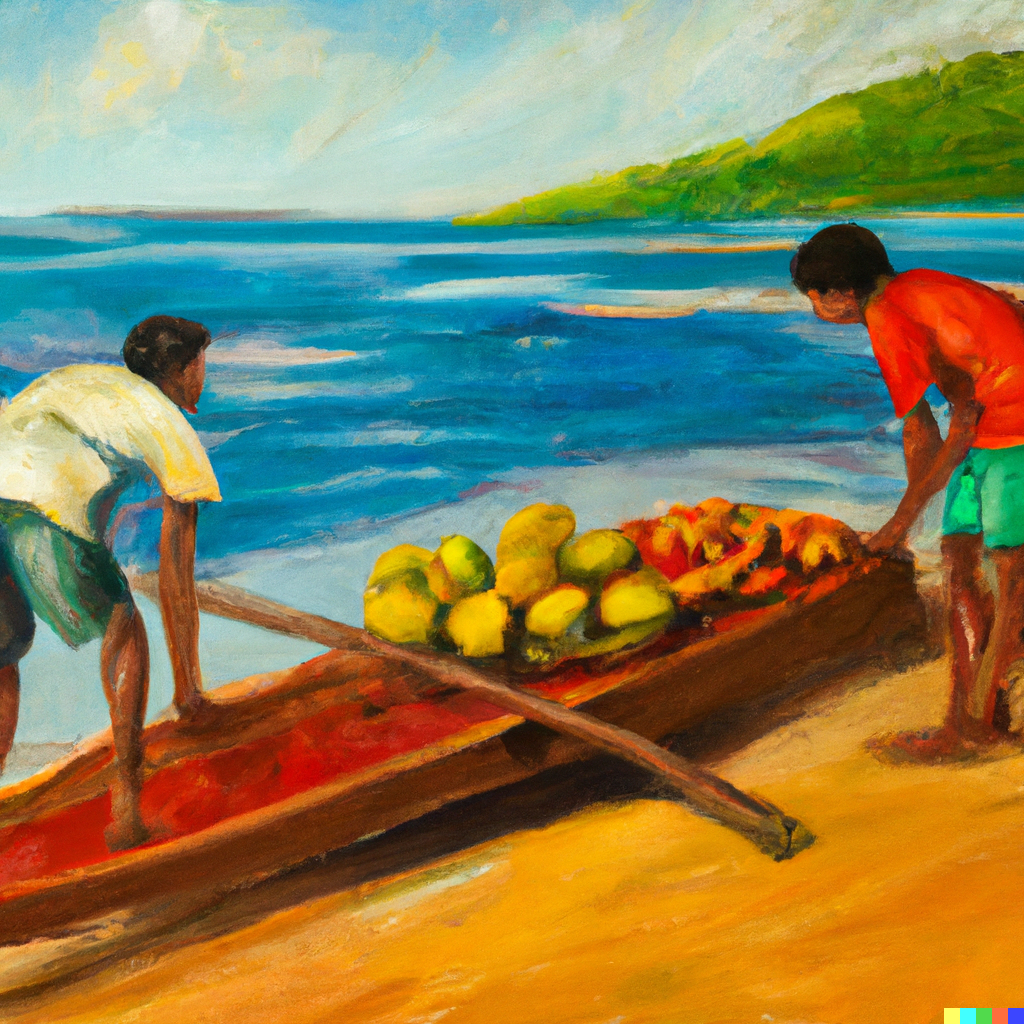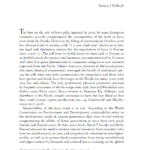Summary of: The Quality of Kava Consumed in the South Pacific
Citation: Lebot, Vincent. 2006. “The Quality of Kava Consumed in the South Pacific.” The Journal of the American Botanical Council, 2006. https://www.researchgate.net/publication/287117913_The_Quality_of_Kava_Consumed_in_the_South_Pacific
Author: Dr. Vincent Lebot
Summary:
Importance and Trade: Kava (Piper methysticum) is a vital crop in the South Pacific, contributing significantly to the region’s economic stability. It’s utilized in traditional beverages, herbal dietary supplements, and has attracted interest from various markets, including China. The export value reached approximately $82.5 million USD before bans were implemented in different countries due to concerns over liver toxicity.
Quality Factors: The quality of kava is determined by complex factors, including the choice of chemotype, total kavalactone content, plant parts used, preparation method, and the choice of fresh or dried plant material. Western wholesalers often overlook traditional experience and other factors that influence kava quality. The six major kavalactones account for approximately 96% of the lipid-soluble extract, defining a particular kava chemotype. The greater the kavain content, the more agreeable the kava effect is generally felt.
Cultivation and Reproduction: Kava reproduces vegetatively, and its kavalactone composition is genetically defined. Different cultivars planted in various locations will reflect the kavalactone composition of the mother plant. The total kavalactone concentration varies in different parts of the plant, with the roots and stumps having the highest concentration. Understanding the genetic makeup of kava is essential for cultivating quality plants.
Consumption and Cultural Aspects: Kava is consumed for various reasons, including medicinal purposes, daily recreational use, or for specific effects. The local definition of kava quality varies among South Pacific communities, reflecting distinct cultural backgrounds. The quality depends on five major conditions: chemotype, total kavalactone content, plant part used, method of preparation, and use of fresh or dry plant material. The local preferences for a given chemotype are influenced by the expectations of individual kava drinkers, looking for different pharmacological effects.
Challenges and Concerns: The bans on kava have severely impacted South Pacific economies. The focus on kavalactone content by Western wholesalers has led to the export of unsuitable material, possibly contributing to reported liver toxicity. The increase in kava trading led to the planting of fast-growing varieties with high kavalactone contents, which may not be suitable for drinking due to potentially unpleasant effects. There are widespread concerns about bad kava quality throughout the South Pacific region.
Potential Regulation: The author suggests that kava quality could be regulated using geographical indicators, similar to the French system for wine. This could include specific indicators relating to a village, island, or country, and would take into account the complex factors that influence kava quality. Such regulation could enhance the reputation of kava and ensure that consumers receive a product that meets specific quality standards.
Notes:
The article emphasizes the need for a quality control system that considers the complex factors influencing kava quality, rather than focusing solely on kavalactone content. It also highlights the cultural significance of kava in the South Pacific and the potential economic and health implications of its trade and consumption. The author’s insights provide a comprehensive understanding of the multifaceted nature of kava, from cultivation to consumption, and underscore the importance of recognizing traditional knowledge in the assessment of kava quality.
Conclusion:
Dr. Vincent Lebot’s study on the quality of kava consumed in the South Pacific offers a detailed analysis of the factors that influence kava quality, the cultural significance of kava consumption, and the challenges and potential regulations that could shape the future of kava trade. The article serves as a valuable resource for anyone interested in understanding the complexities of kava, its impact on the South Pacific economies, and the potential for enhancing quality control measures to ensure the sustainable growth of the kava industry.




